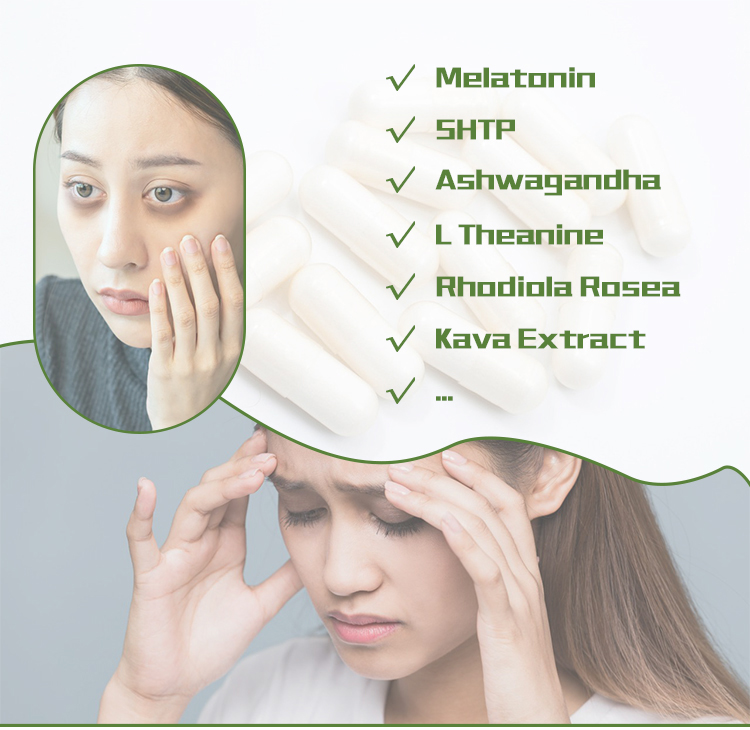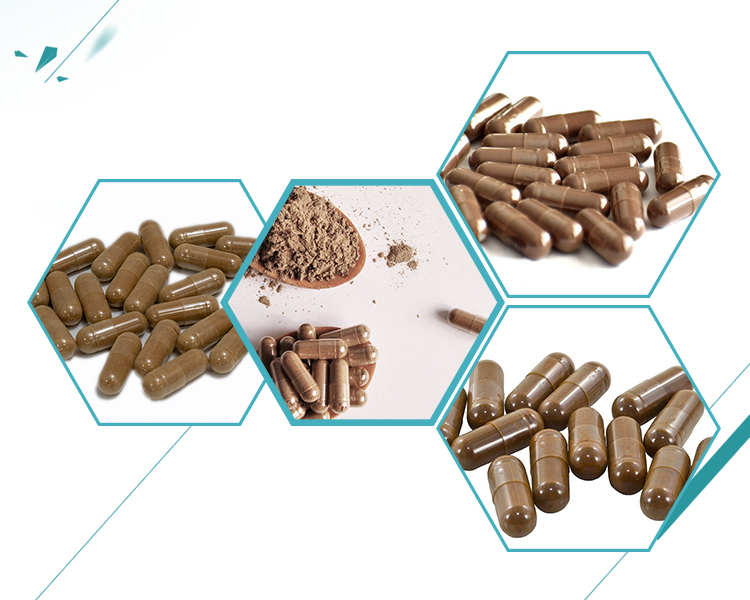Creating kava extract capsules involves several steps. Here’s a general outline of the materials and methods typically used:
Materials of Kava Extract Capsules:
1.Kava Root: The primary ingredient, sourced from the kava plant (Piper methysticum).
2.Solvent: Usually ethanol or acetone, used to extract the active compounds from the kava root.
3.Capsules: Empty gelatin or vegetarian capsules to contain the kava extract.
4.Equipment: This may include a grinder, a solvent extraction setup (such as Soxhlet extractor or simple maceration setup), filtration equipment, a rotary evaporator, and capsule filling machine.

Methods of Kava Extract Capsules:
1.Preparation of Kava Root:
The kava roots are harvested and cleaned to remove dirt and debris.
They may be dried to reduce moisture content, which can affect the extraction process.
2.Extraction:
Grinding: The dried kava roots are ground into a fine powder using a grinder. This increases the surface area for extraction.
Extraction Solvent: The powdered kava root is then soaked or percolated with a solvent like ethanol or acetone. This solvent helps dissolve the active compounds present in the kava root.
Maceration: The mixture of solvent and kava powder is allowed to sit for a period of time to facilitate extraction. This can take days to weeks, depending on the method used.
Filtration: After extraction, the solvent is separated from the kava root material using filtration techniques to obtain a crude extract.
3.Concentration:
Rotary Evaporation: The crude extract is concentrated using a rotary evaporator under reduced pressure and controlled temperature. This removes the solvent, leaving behind a concentrated kava extract.
Drying: The concentrated extract may be further dried to remove any residual moisture.
4.Encapsulation:
Filling Capsules: The dried kava extract is then encapsulated into gelatin or vegetarian capsules using a capsule filling machine. The capsules are usually standardized to contain a specific amount of kavalactones, the active compounds in kava.

5.Quality Control:
Testing: The final product may undergo quality control testing to ensure potency, purity, and absence of contaminants.
6.Packaging and Labeling:
Once the capsules are filled, they are packaged into bottles or blister packs and labeled with relevant information such as dosage instructions, expiration date, and manufacturer details.
7.Storage:
The finished capsules are stored in appropriate conditions to maintain their stability and shelf life.
This process ensures the production of standardized kava extract capsules that are convenient for consumption and deliver consistent dosages of the active compounds. However, specific methods may vary depending on the manufacturer and regulatory requirements.
